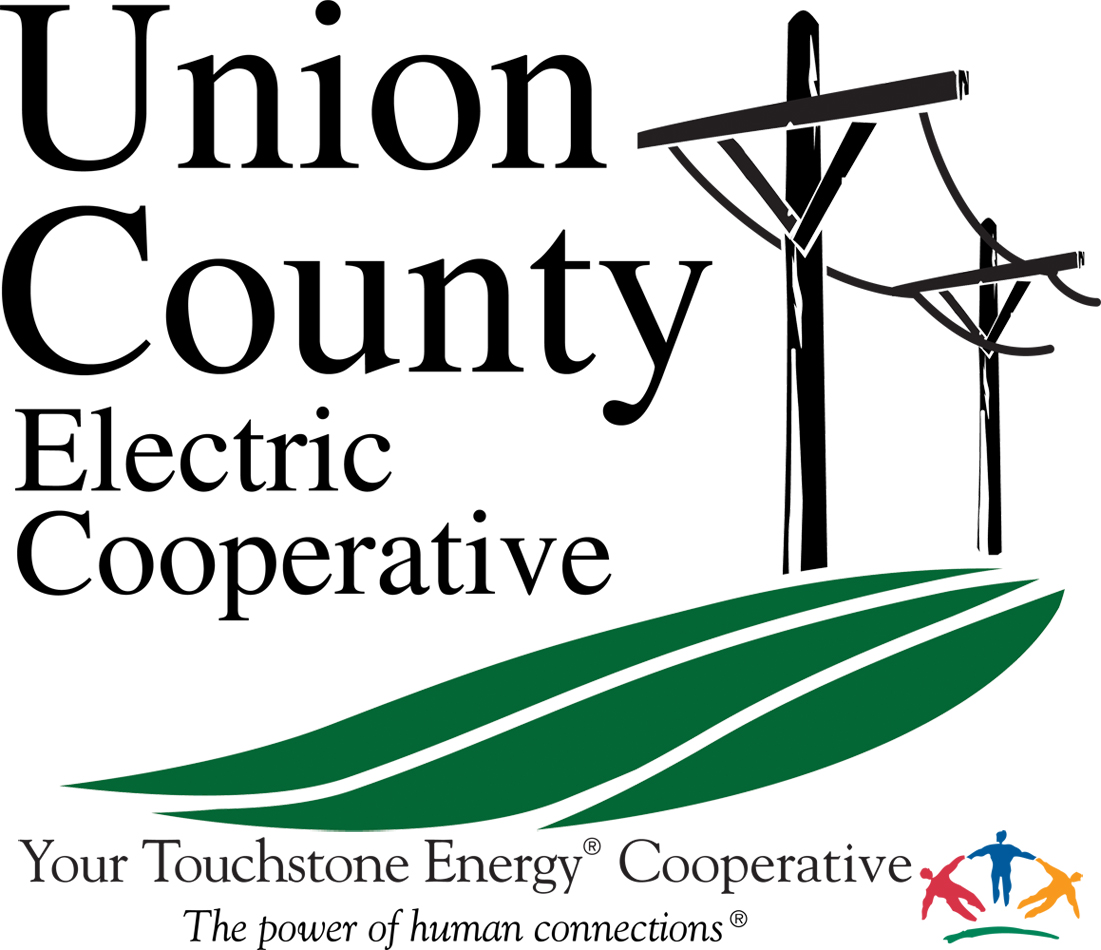The Impact of Energy and Demand on Grid Reliability
Do you know the difference between energy and demand – and why it should matter to you? Understanding the difference between the two and how to manage them within your household, business or farm operation can significantly impact how much of a burden you place on the power grid.
Kilowatt-hours (kWh), also known as energy, measures the total amount of power consumption by your household, business or farm operation over time. This shows on your monthly bill as “Usage” and reflects how many kWh were used during the month.
Meanwhile, a kilowatt (kW) is a measurement of electrical power that describes how much energy is required at a single moment in time. This value appears on your monthly bill as “Grid Capacity”. This indicates how much demand your household, business or farm operation places on the power grid. The grid infrastructure and generation production must be sized appropriately to meet this value.
The final component to your monthly bill is the “Infrastructure Charge”. This is the fixed charge that does not change based on usage. This charge is collected to help cover the Cooperatives fixed costs needed to maintain and update for infrastructure that is used to provide power to your location.
Finding Ways to Reduce Demand and Boost Grid Reliability
Why does managing demand (kW) levels matter? Simply put, reducing your own energy demand helps secure greater reliability across the regional power grid and places less burden on your local Cooperative.
Here are Three Simple Ways You Can Lower KW Totals and Help Power Reliability
- Stagger power use in your household or business
If you’re running multiple appliances and devices simultaneously, the demand you place on local power supply will surge. The Cooperative needs larger infrastructure and more generation to serve all the load that is on simultaneously. Consider staggering the use of appliances such as your dishwasher, washing machine and dryer. This helps reduce the amount of capacity needed on the grid.
- Maximize your own energy efficiency
There are many ways to shore up efficiency in your home or business. Replacing older appliances with new and more energy efficient models will help manage your overall electricity consumption totals (kWh) and lower your demand (kW). Other simple measures such as adjusting your thermostat during winter and summer months and addressing poor insulation can also lower the strain you place on the power grid. Not only do more efficient appliances save you money, but they also lower the amount of grid capacity needed.
- Running certain appliances during off-peak hours
Because we live in a world where work and home schedules tend to look similar, most Cooperative members overlap usage at certain times of the day. That means there is increased demand for electricity during certain times of the day. This can translate to greater grid capacity needs during certain periods of the day. Small changes to your routine can lighten your load on the power supply and keep demand down. For example, if you work from home, consider running your washing machine mid-morning rather than in the evening when many of your neighbors are using more electricity. For Union County Electric Cooperative, these peak capacity times tend to occur during the evening when most people are getting home from work.
Stabilizing Rates with The Infrastructure Charge
In today’s energy market, the need to collect more in a monthly fixed charge has become increasingly important to stabilize rates. Historically, utility companies relied heavily on revenue from kilowatt hour (kWh) sales to cover their operational costs and investments in infrastructure. However, with the growing adoption of energy-efficient technologies and renewable energy sources, the overall consumption of electricity has decreased. This reduction in kWh sales means that utilities are collecting less revenue from variable charges, which can lead to financial instability and the inability to maintain and upgrade the grid effectively.
The infrastructure charge helps ensure a stable and predictable revenue stream for the Cooperative, which is crucial for maintaining the reliability and resilience of the power grid. By collecting more in a monthly fixed charge, we can cover the fixed costs to operate the Cooperative. This allows us to perform maintenance and make upgrades to our infrastructure, regardless of fluctuations in electricity consumption.
Additionally, the infrastructure charge helps mitigate the impact of reduced kilowatt hour (kWh) sales due to the growing adoption of energy-efficient technologies, renewable energy sources and variable weather patterns. This ensures that utilities have the necessary funds to maintain and upgrade the grid, even as overall electricity consumption decreases. By stabilizing revenue through the infrastructure charge, the Cooperative can focus on promoting energy conservation and managing grid capacity more effectively.
Until next month, stay safe and God bless.
Quote of the month: “Education is the ability to listen to almost anything without losing your temper or your self-confidence.” – Robert Frost - Poet
